“Baskets was the first series that I did that really took advantage of the molten properties of the glassblowing process. Now, for the first time, I really felt I was breaking new ground with an ancient technique. I was struck by the grace of their slumped, sagging forms. I wanted to capture this grace in glass.”
-Dale Chihuly
The Baskets series, which began in 1977, was Dale Chihuly’s first challenge to the conventional glass vessel form. He eschewed symmetry and let the glass respond naturally to heat and gravity. He wanted to capture the floppy flaccid forms of the Native American woven baskets, which he had admired in the Washington State History Museum in Tacoma.
Initially Chihuly followed the muted earth-tones of the Pacific Northwest Coast baskets but later his palette exploded into exuberant colors. The opening of the basket was often delineated with a contrasting lip wrap, a technique he continued in his later series. As the baskets developed, he stacked them together into sets and smaller glass objects were placed inside the translucent vessels.
Blankets
Chihuly has had a fascination for textiles since the early 1960 when he studied weaving at the University of Washington. Some of his first experiments with glass incorporated melted and fused glass into tapestries. During his studies, Chihuly fell in love with Navajo blankets and Pendleton trade blankets made in Portland’s woolen mills in the foothills of Oregon’s Blue Mountains. He began collecting blankets in the late 1960s and has acquired more than 700 designs by Pendleton and other makers, some of which are on display in his Seattle museum of glass. He often used to wear his Pendleton blankets just like the native Americans.
Trade blankets were first made over a century ago for the native Americans who would barter their own handwoven blankets and baskets for the brightly colored machine-made varieties at frontier trading posts. They were attracted by the huge variety of yarn colors and juxtaposition of colors used by the factory designers. The Pendleton blankets were made by the double weave process on a Jacquard loom and so the patterns were reversible and much warmer to wear than their own blankets. Pendleton trade blankets from the early 1900s were influenced by native American designs, such as the Navajo blankets, but more vivid patterns evolved with sophisticated technology and materials.
Warp and Weft
Chihuly developed a “pick-up drawing” technique in 1974, to emulate the warp and weft of the weavings on his glass vessels. Glass threads were pulled from glass rods and laid on a metal table in an intricate design. The table is then heated, and a bubble of molten glass is rolled over the glass threads, which are picked up and integrated into the form.
“We came up with this technique where we’d lay out little bits of glass on the steel table to create a pattern or drawing and then pick it up with molten glass, and then blow that glass into a form.” Chihuly
Inspired by the designs of the Native American trade blankets, Chihuly began his Navajo Blanket Cylinder series in 1975. First Kate Elliott and then Flora C. Mace assisted him by creating the drawings that formed the patterns on the surface of the cylinders. In contrast with Chihuly’s Basket shapes, the Cylinders began by being perfectly symmetrical to focus the eye on the threads of the pattern. Gradually the Soft Cylinder forms evolved with organic, asymmetrical shapes. As well as glass drawings, Chihuly also incorporated shards of patterned glass in his cylinder designs, which often looked like miniature blankets.
Chihuly’s Navajo Blanket Cylinders have come full circle as they inspired a limited edition series of Pendleton blankets launched in 2002. Each blanket design celebrates Chihuly and the Native American traditions evident in his work.
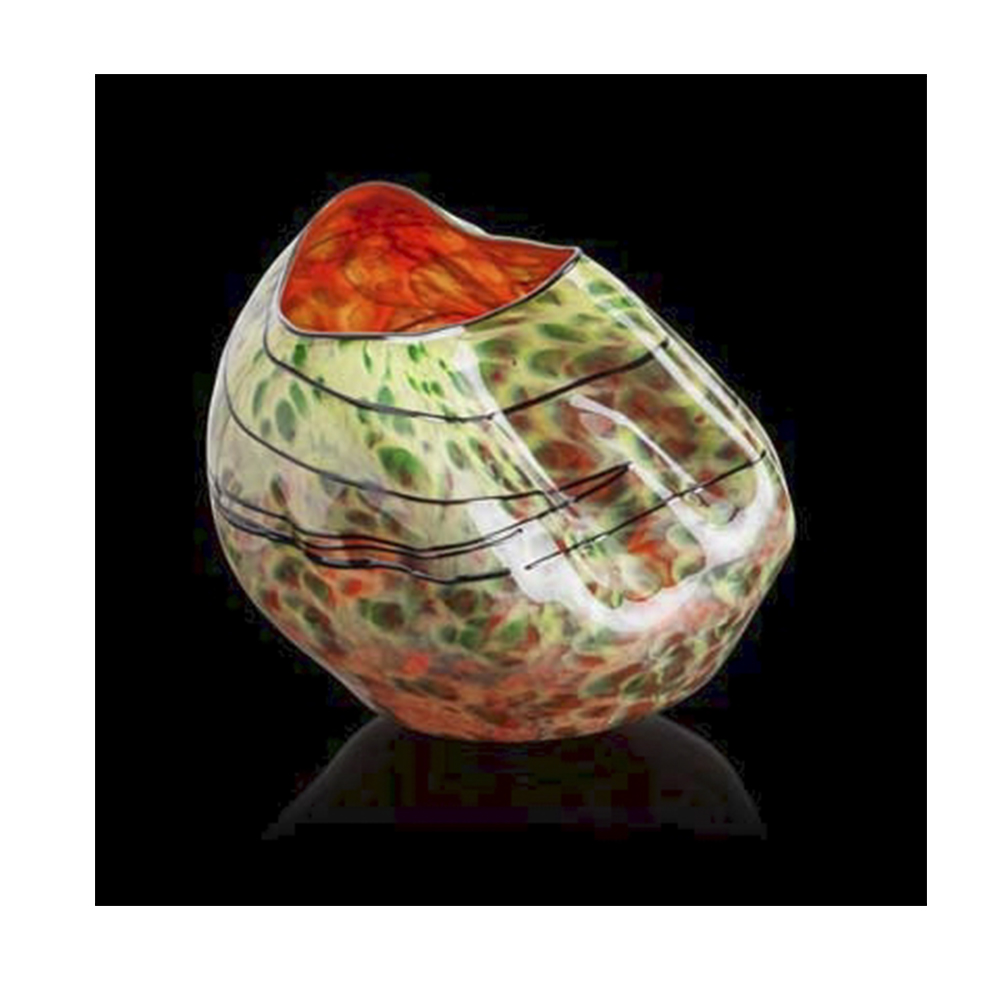
Mottled Basket 1997
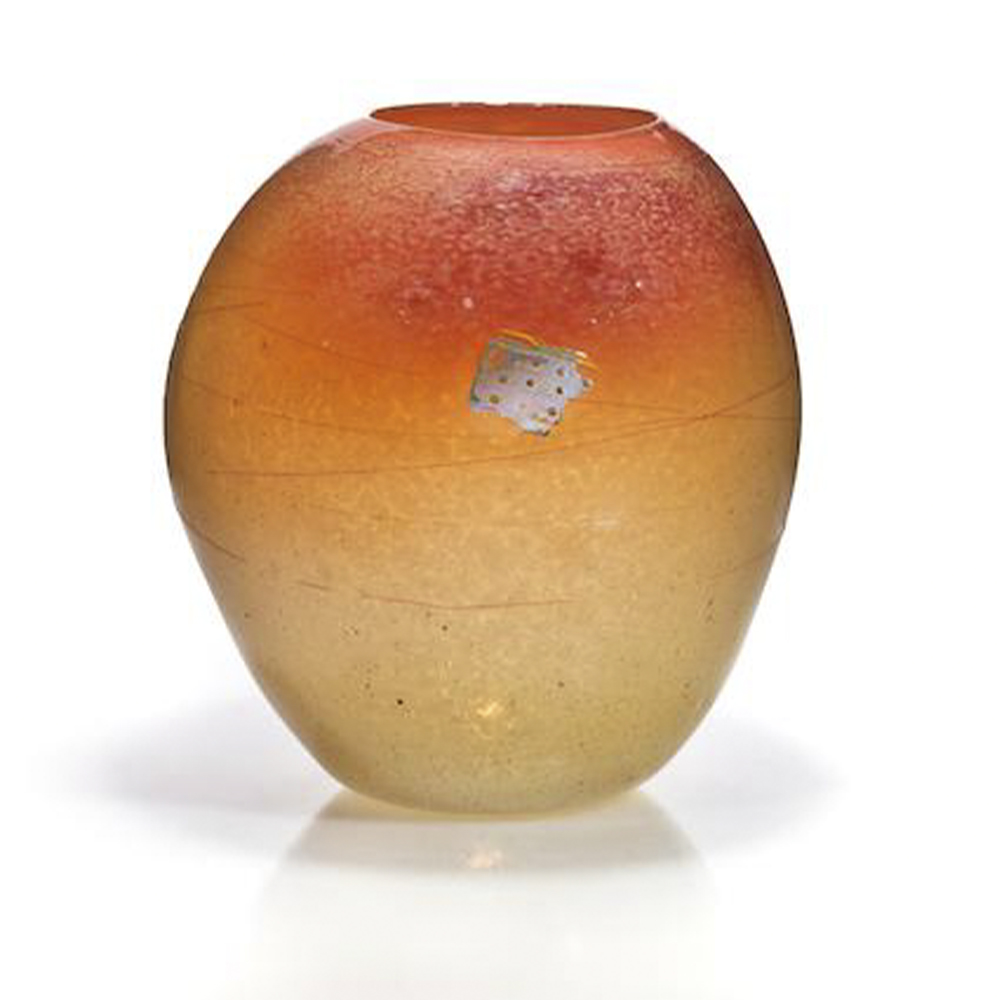
Orange Basket 1978
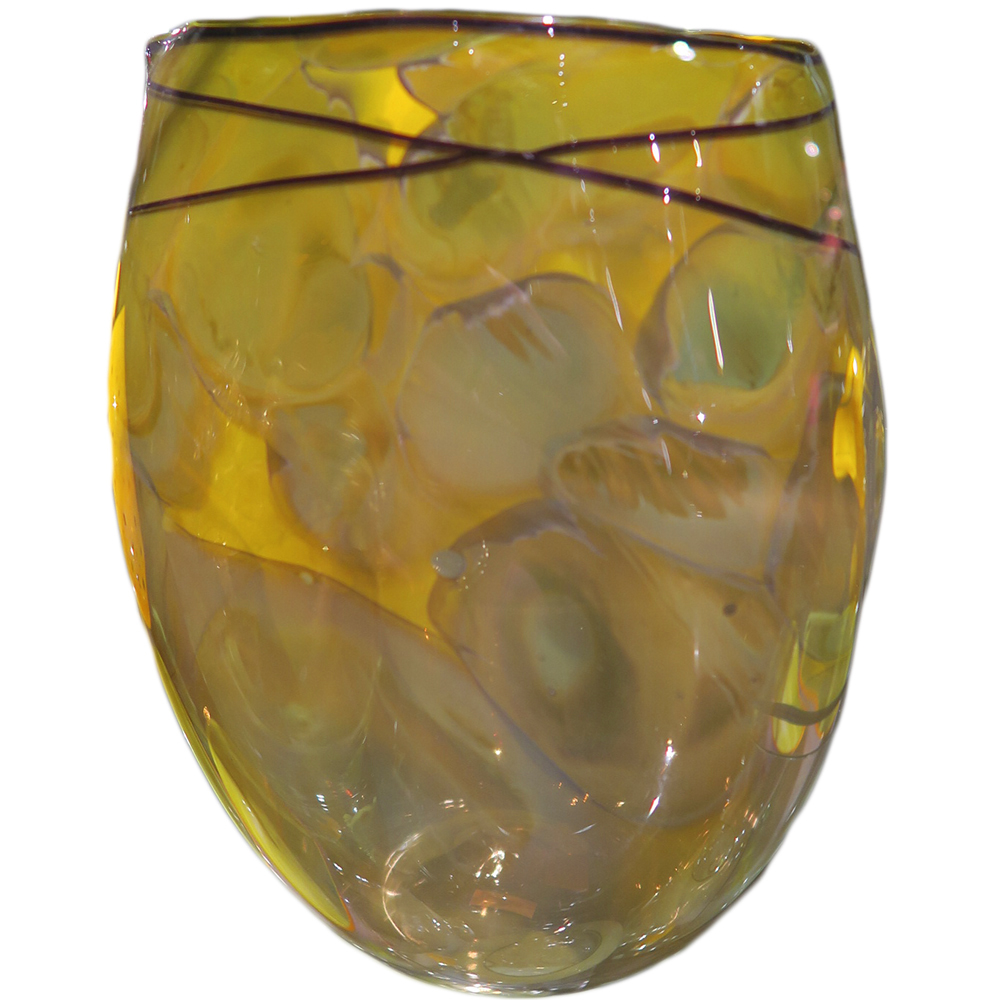
Topaz Basket 1999
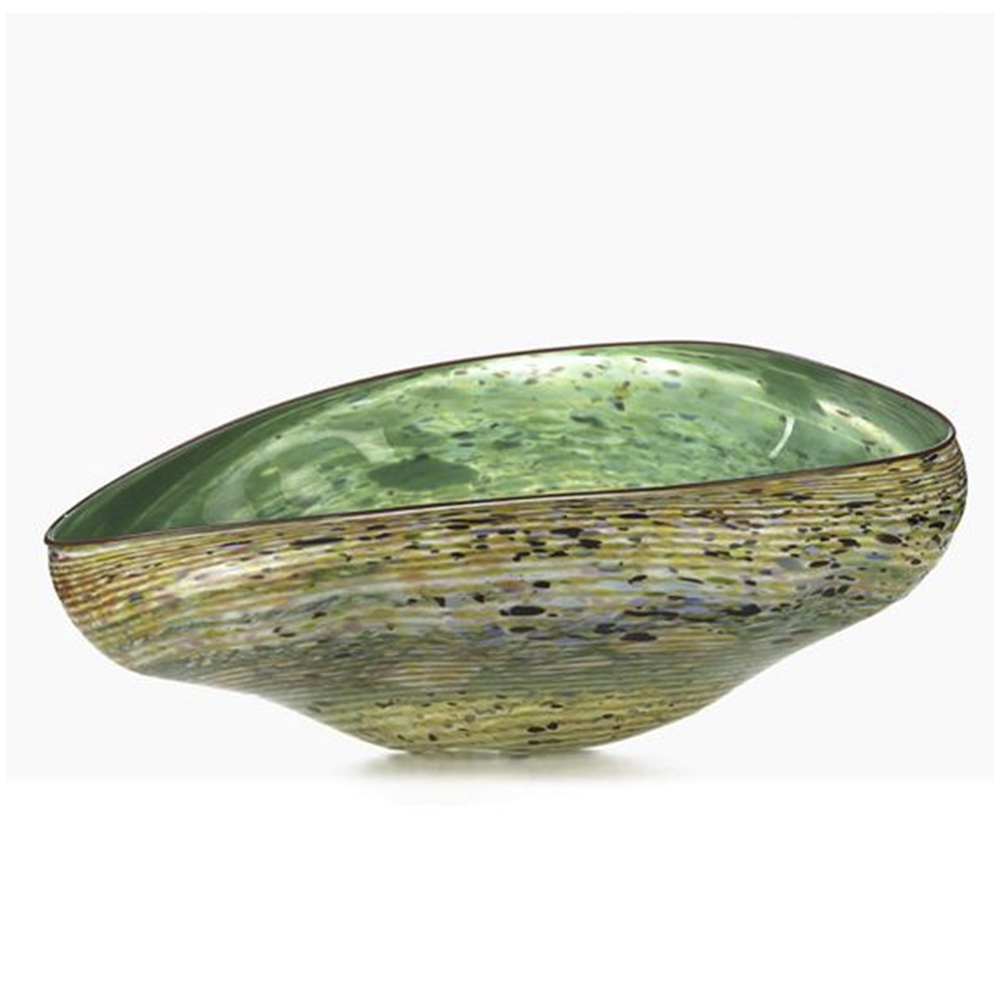
Shallow Basket 1983
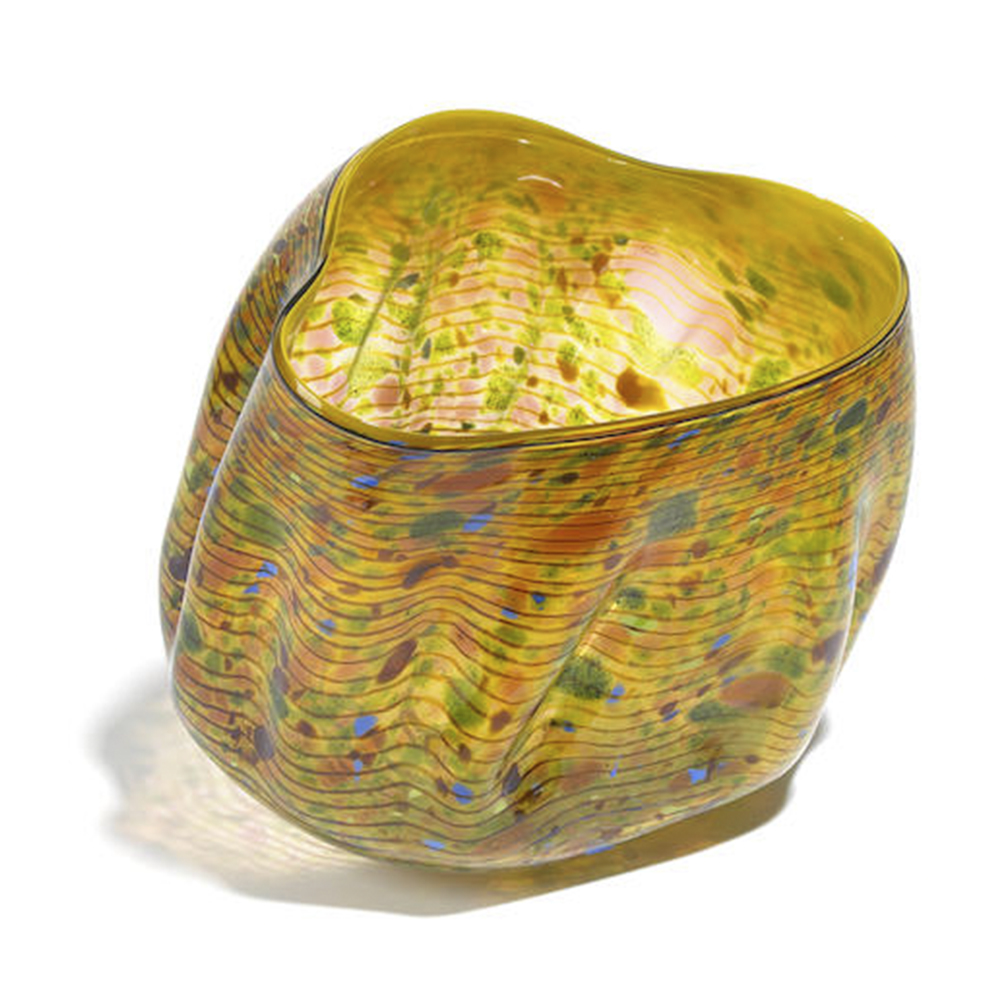
Pilchuck Basket 1982
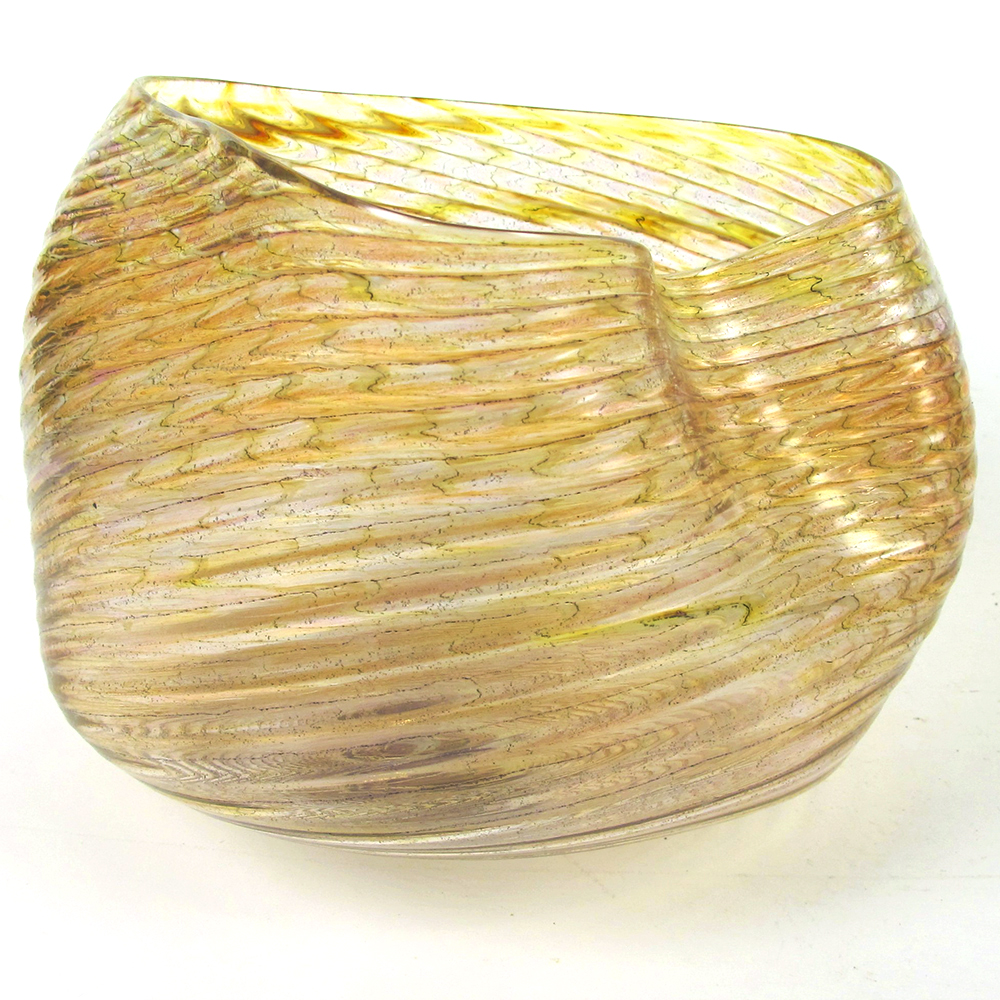
Topaz Basket 1982
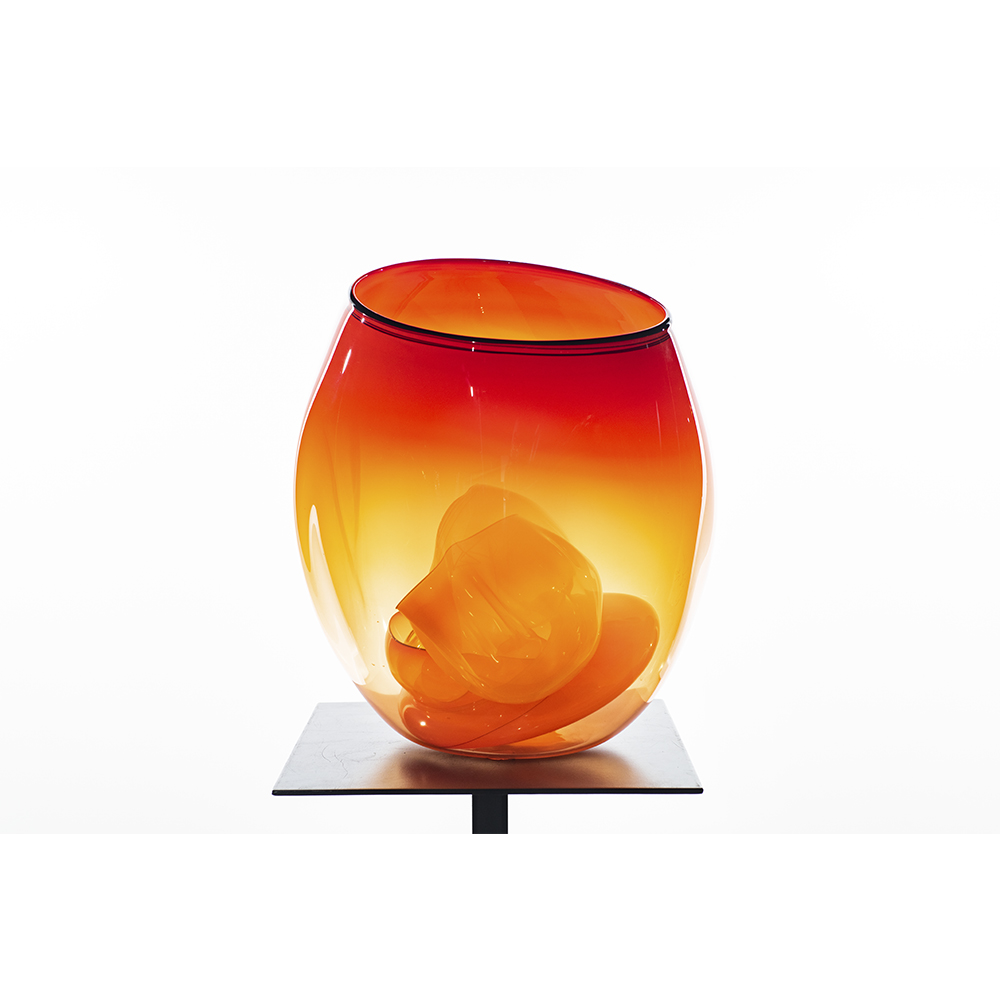
Orange Basket Set 1998
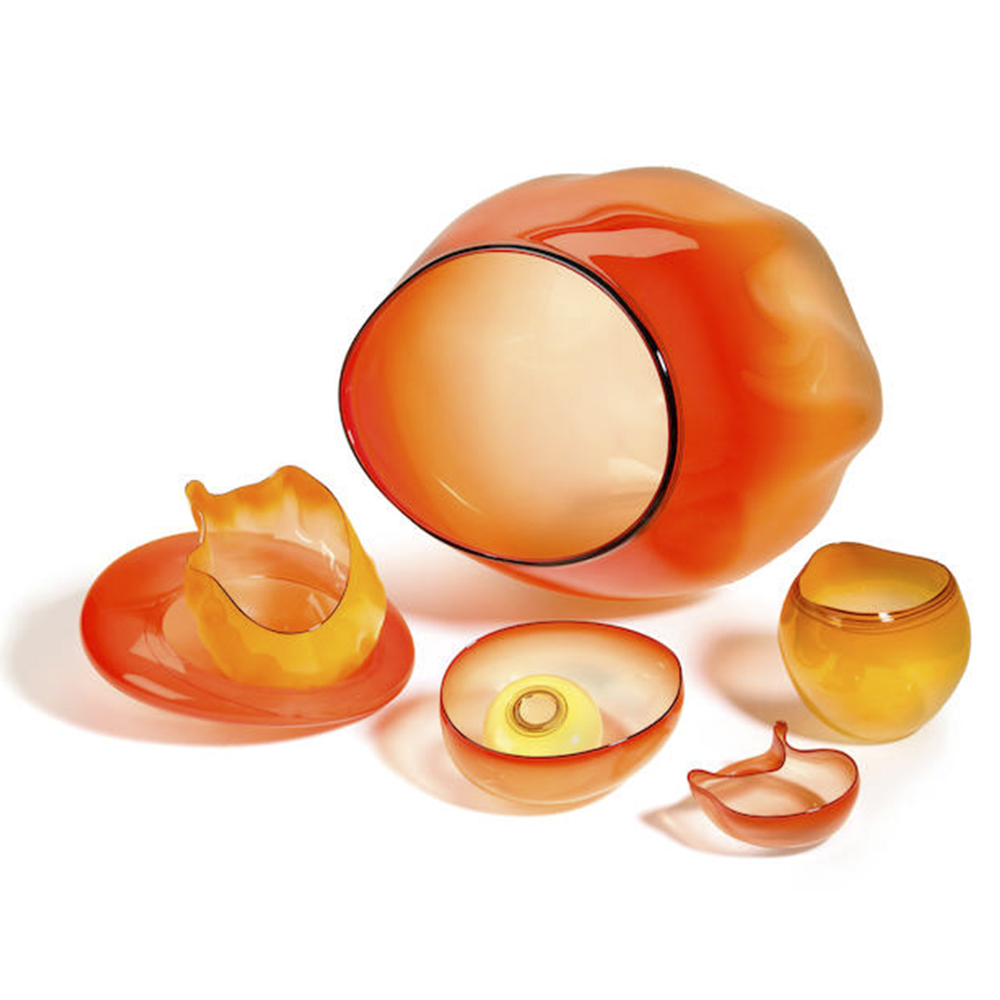
Orange Basket Set Contents
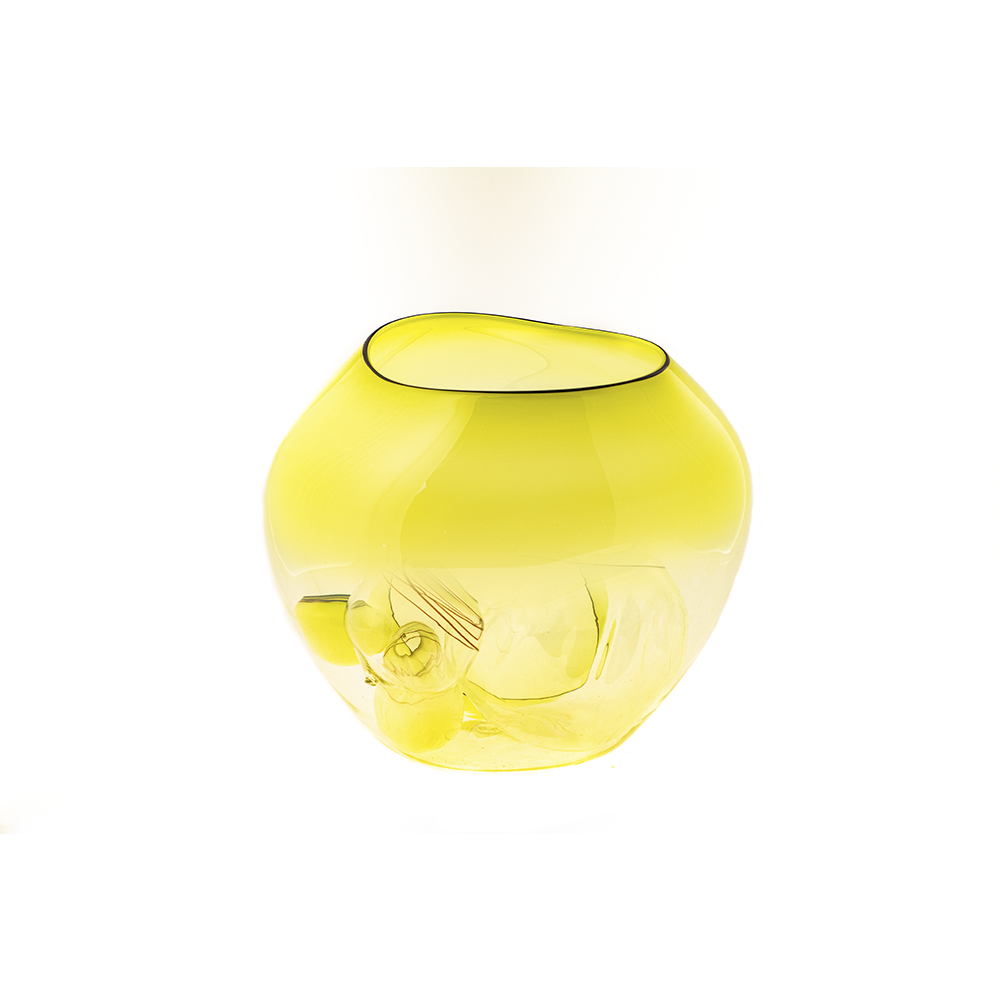
Yellow Basket Set 2000
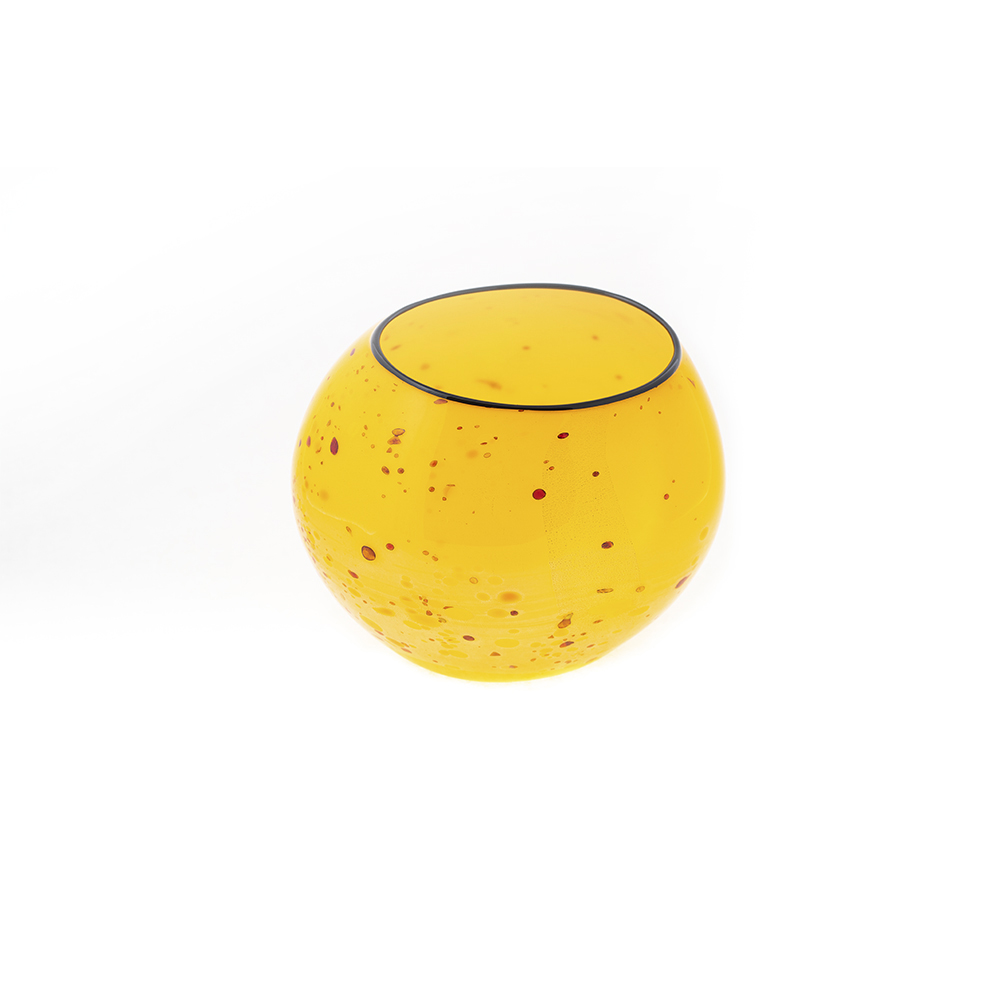
Yellow Basket 1995
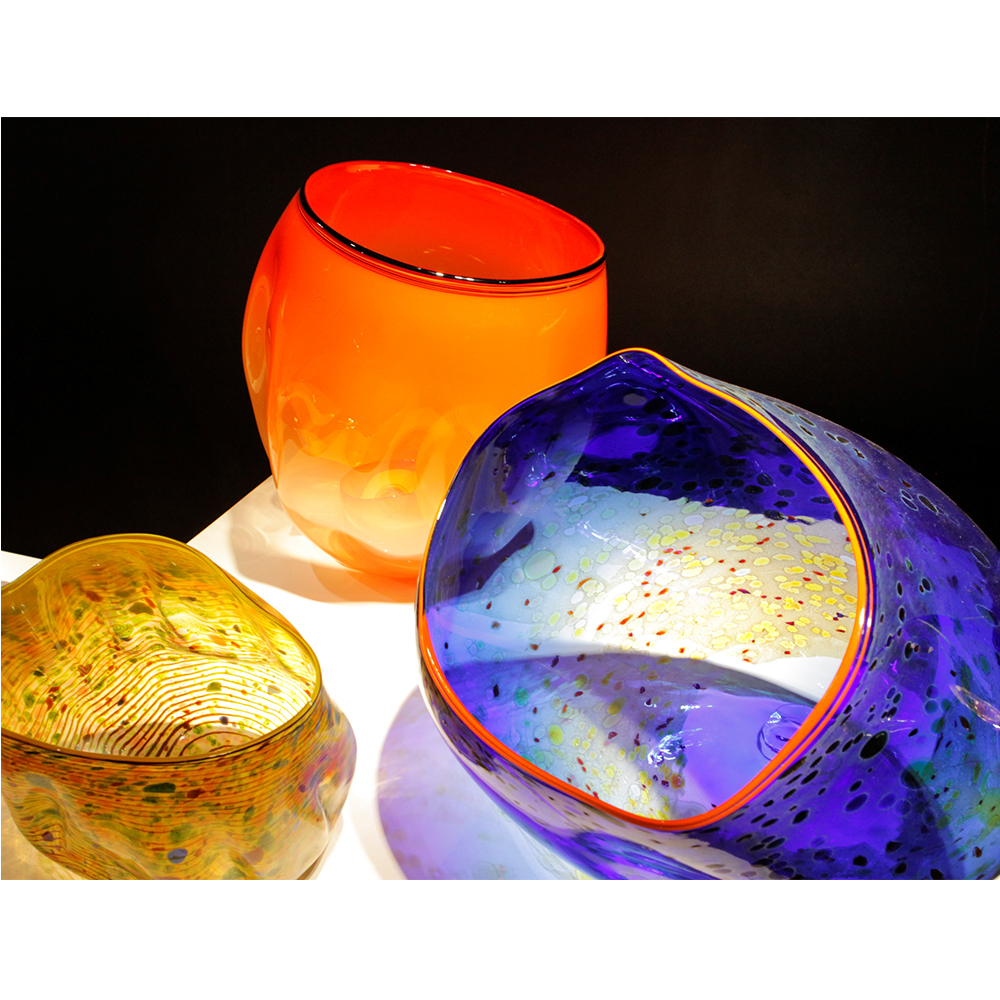
Chihuly Baskets at WMODA
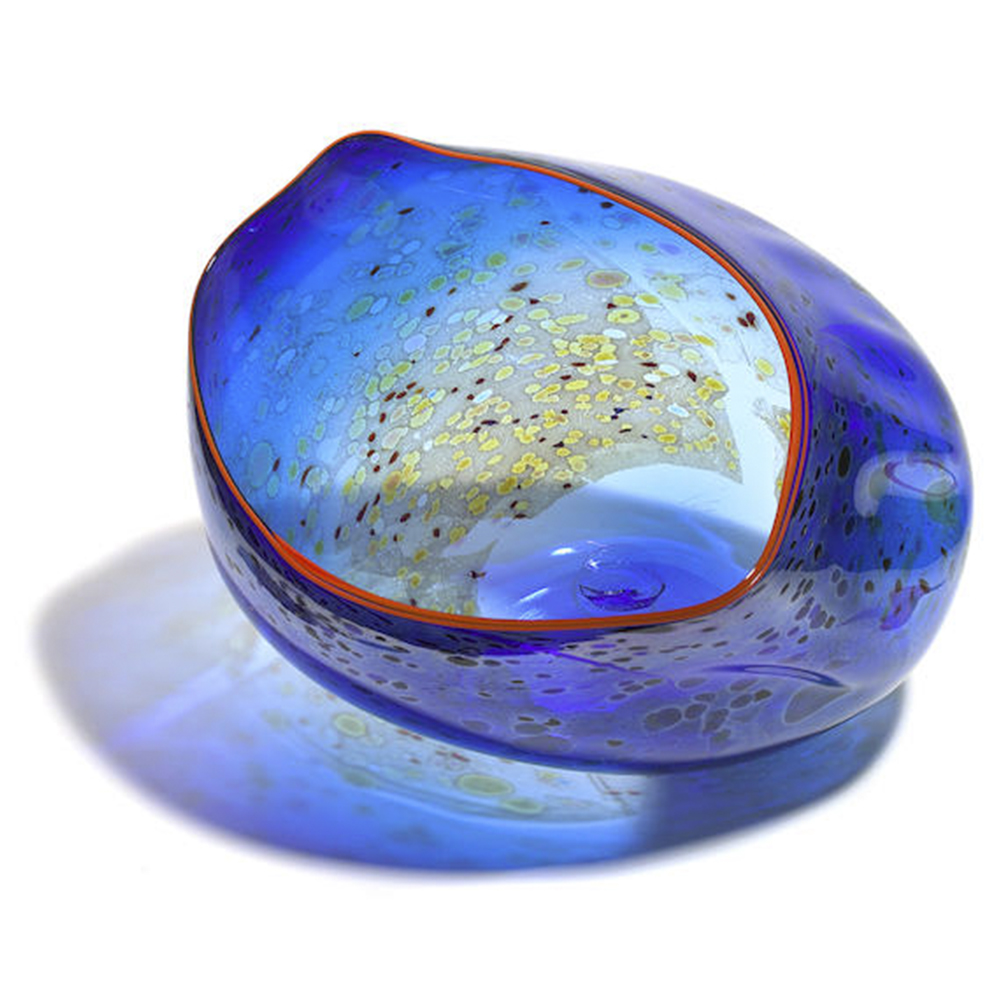
Cobalt Basket 1992
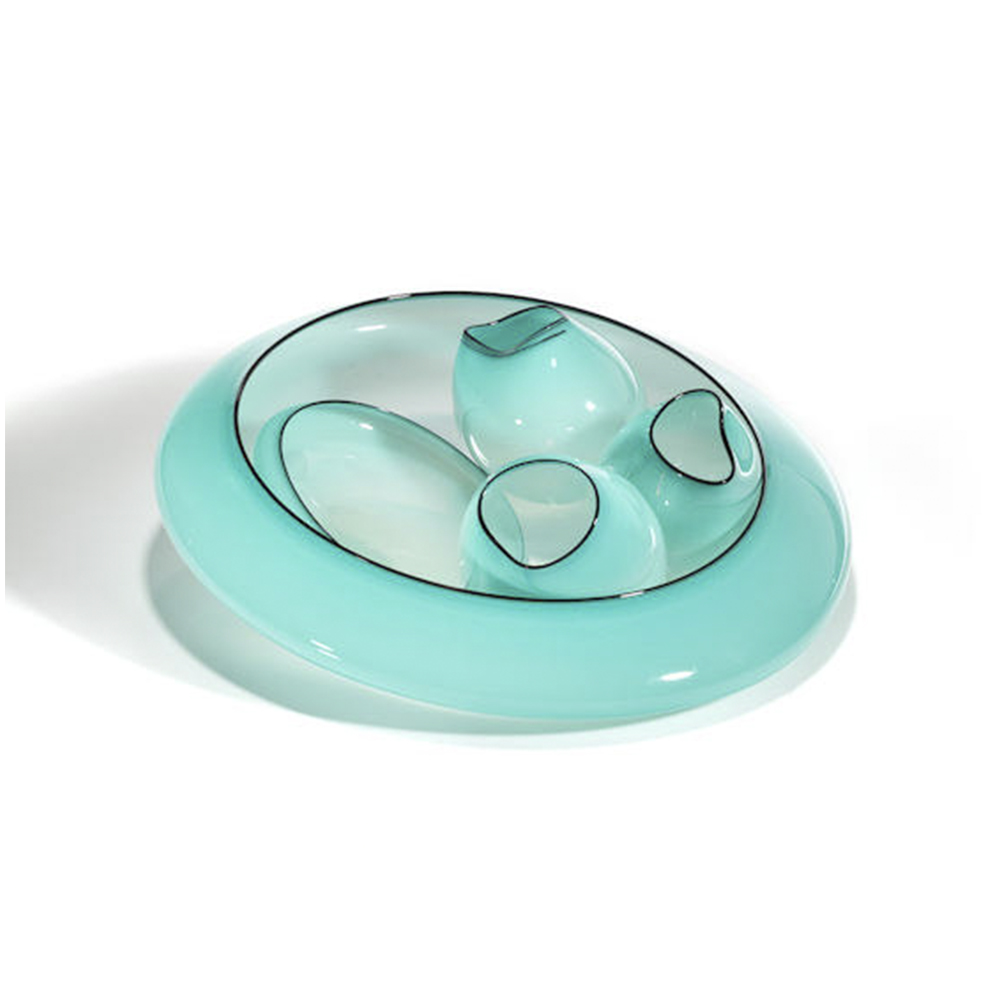
Ethereal Blue Basket Set 2000
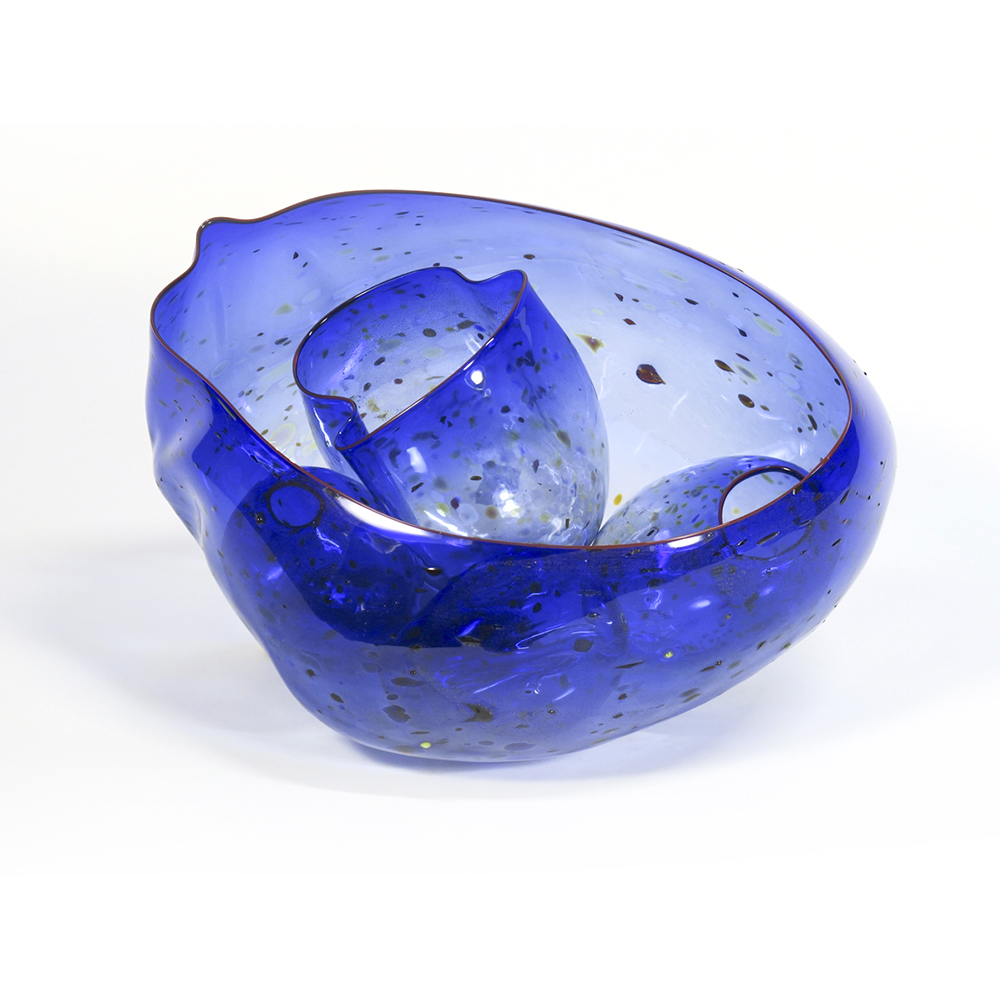
Cobalt Basket Set 1997
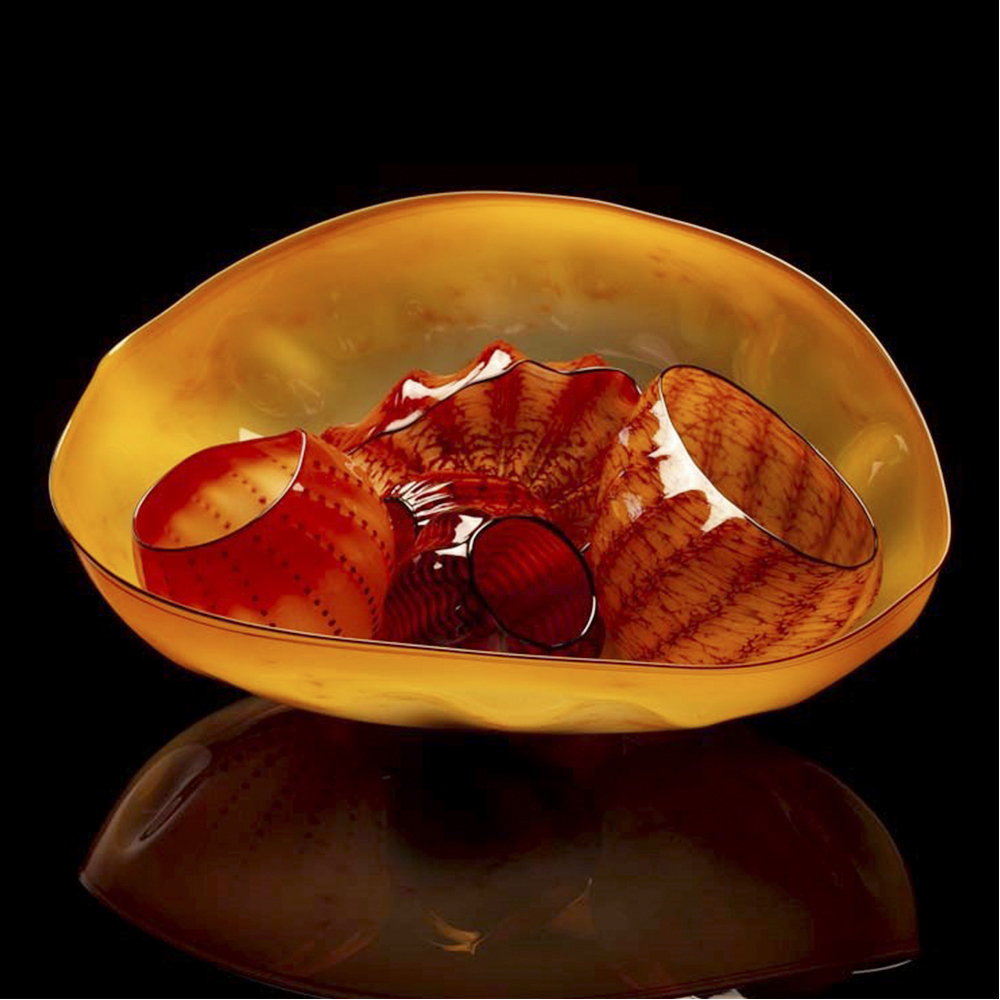
Goldenrod Basket Set 1999
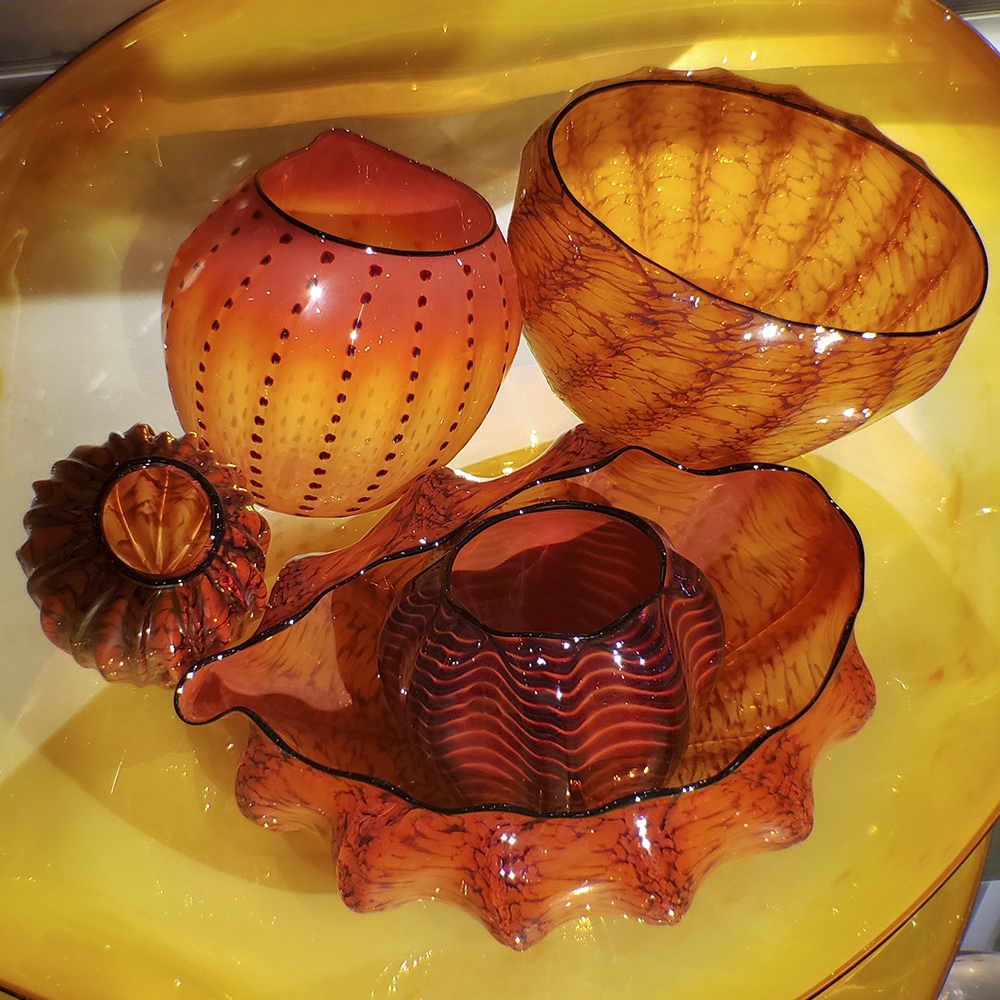
Goldenrod Basket Set Contents
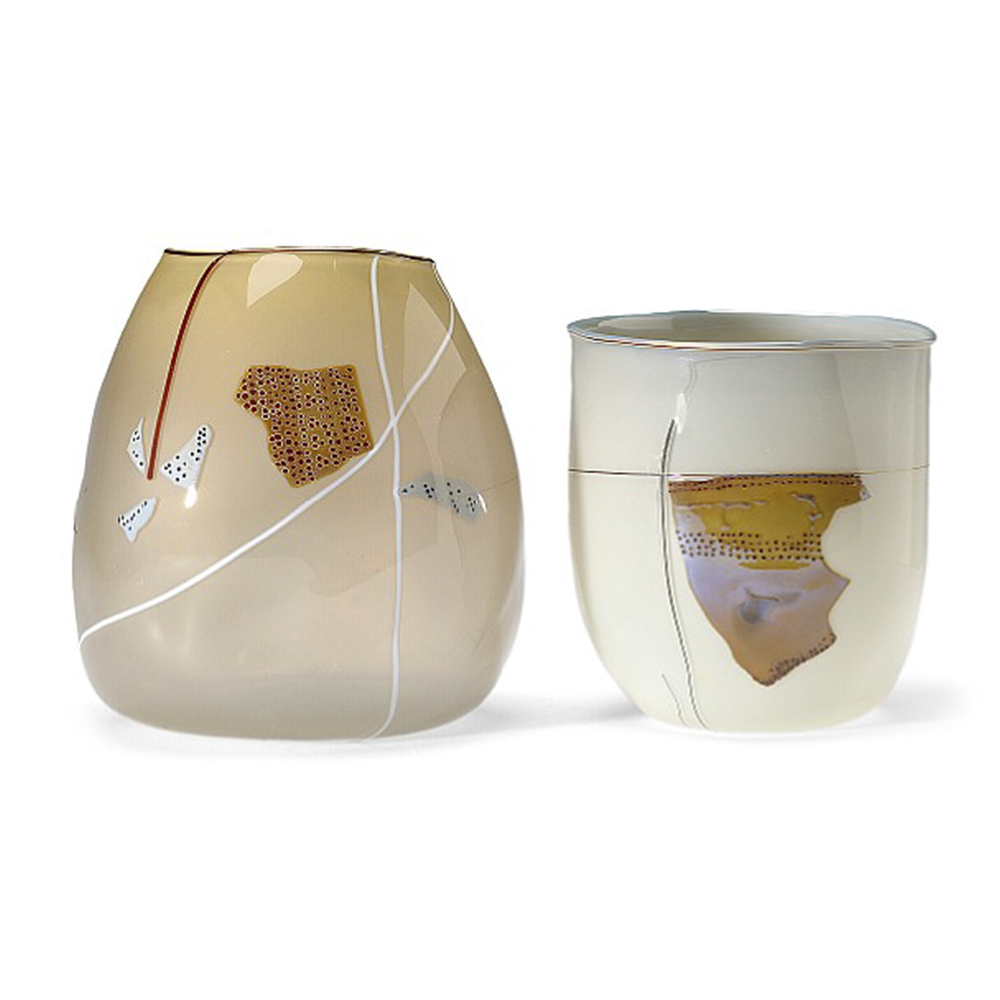
Early Chihuly 1979
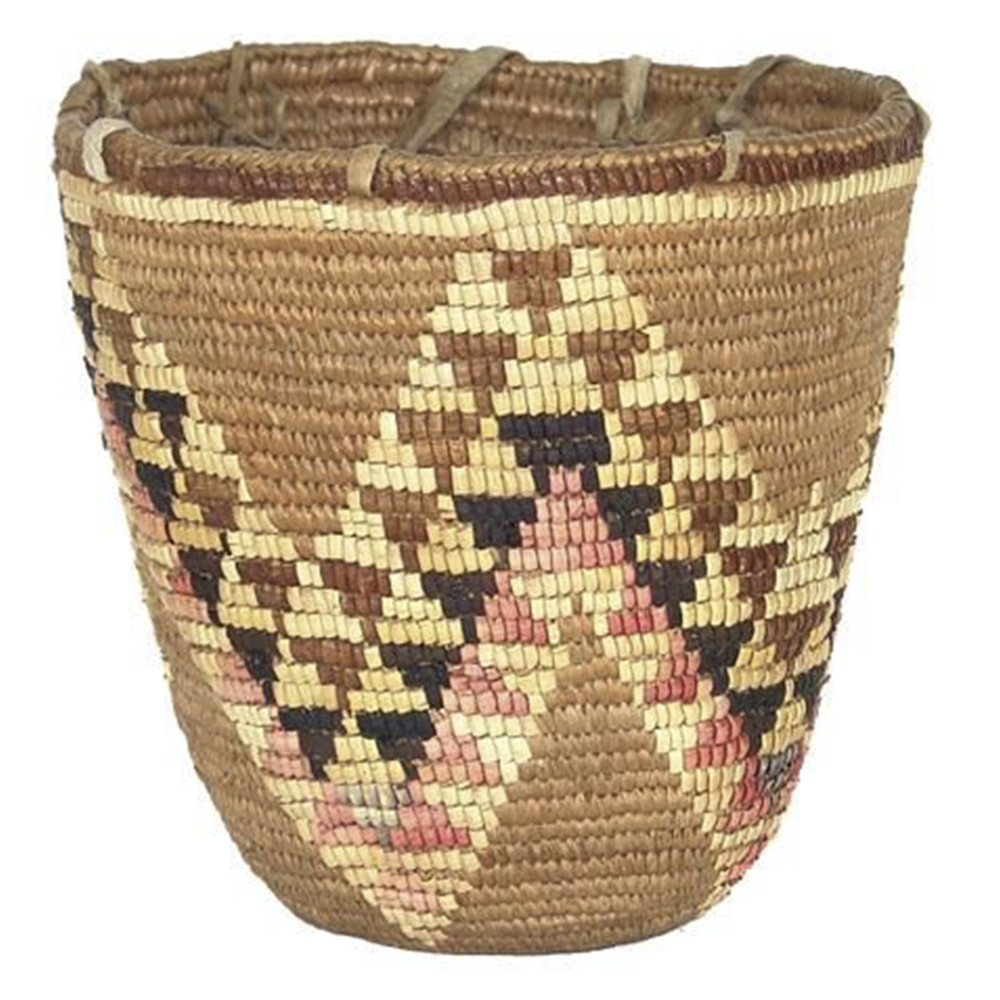
Pacific Northwest Basket
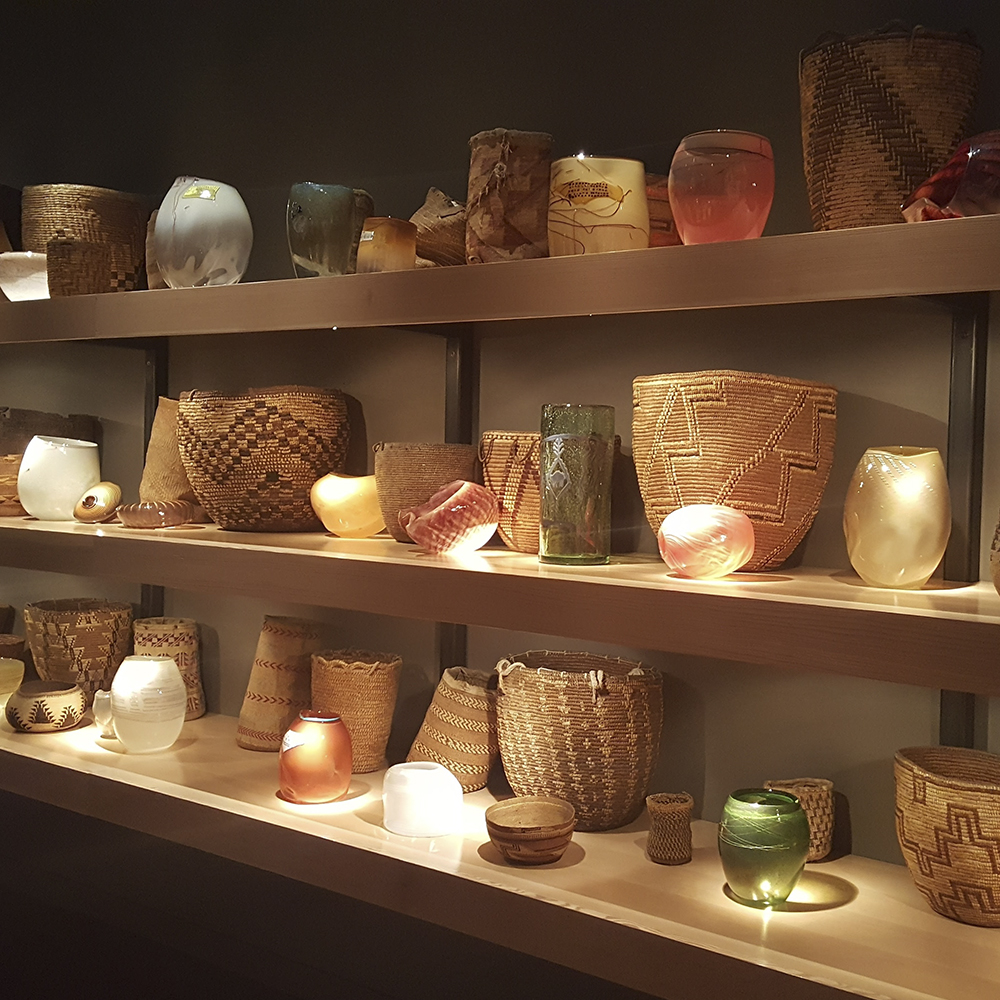
Chihuly Baskets with Native American Baskets at Chihuly Museum Seattle K. Sheridan
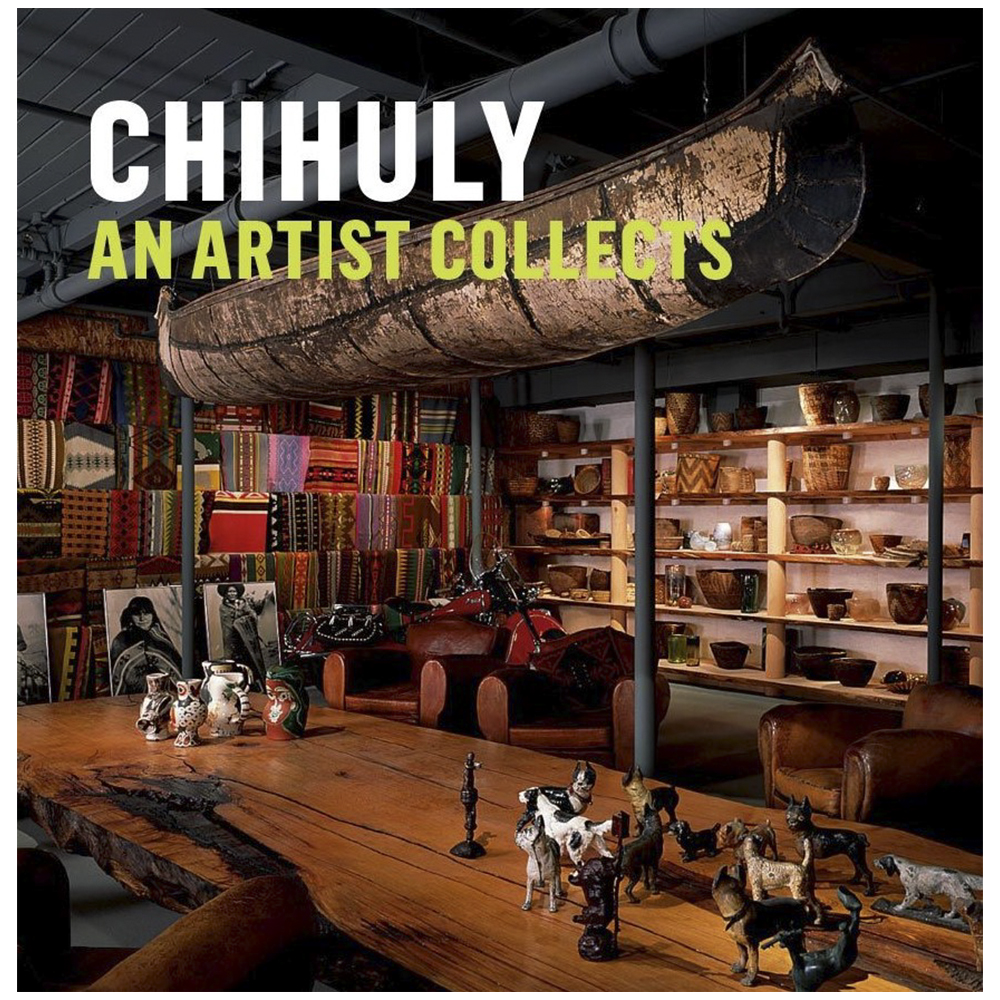
Chihuly Book
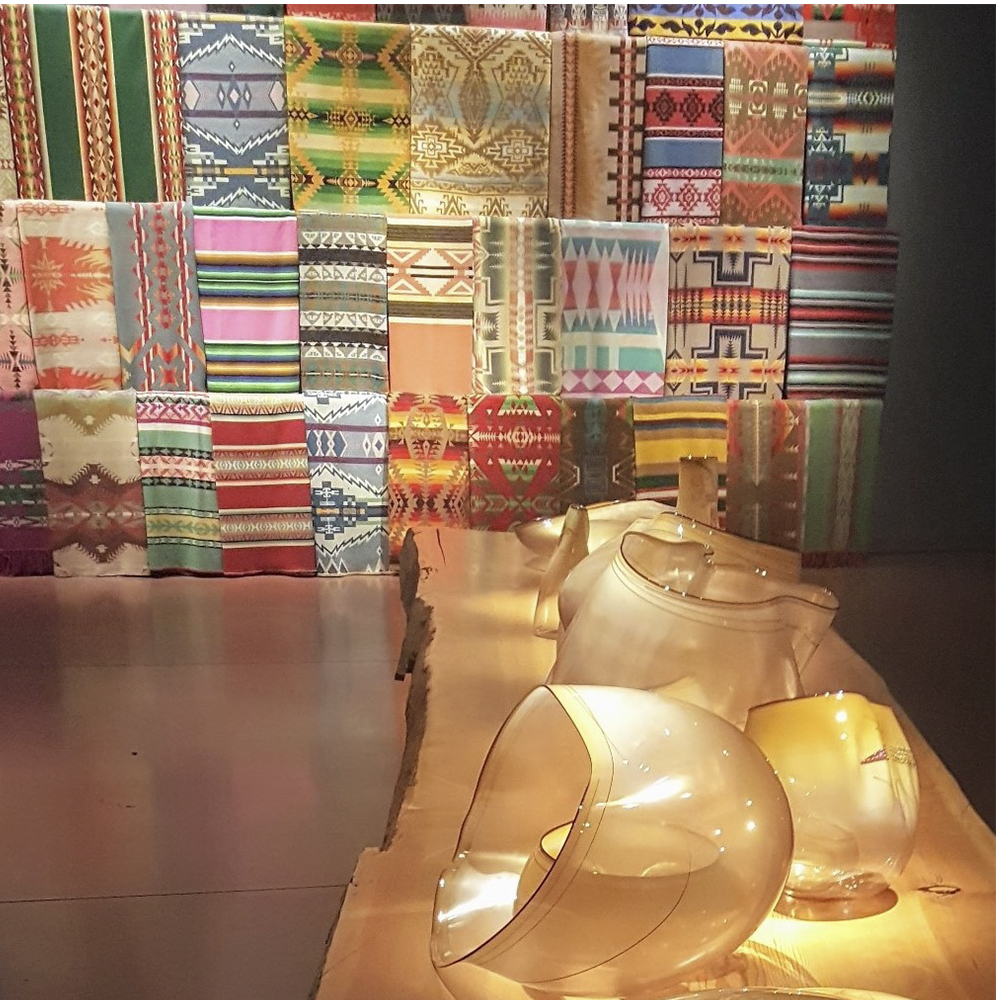
Baskets and Blankets at Chihuly Museum Seattle K. Sheridan
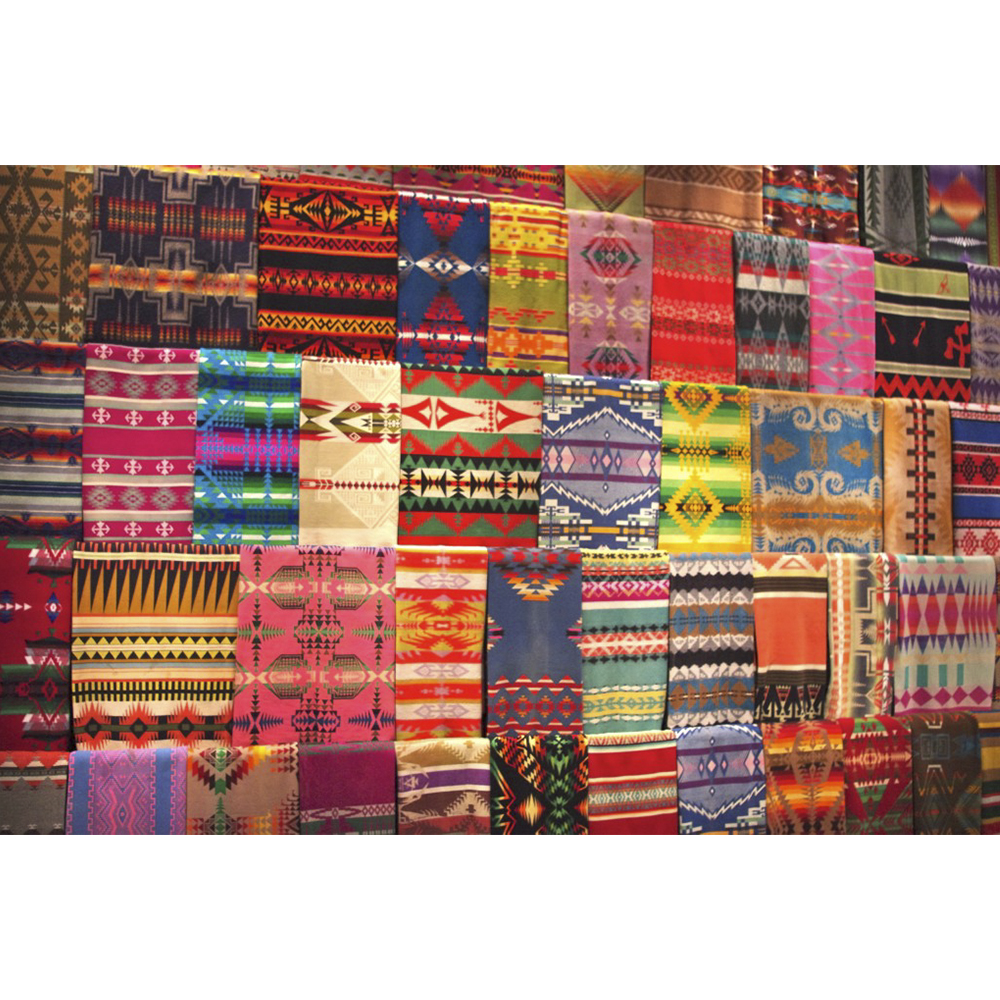
Pendleton Blankets at Chihuly Museum Seattle K Sheridan
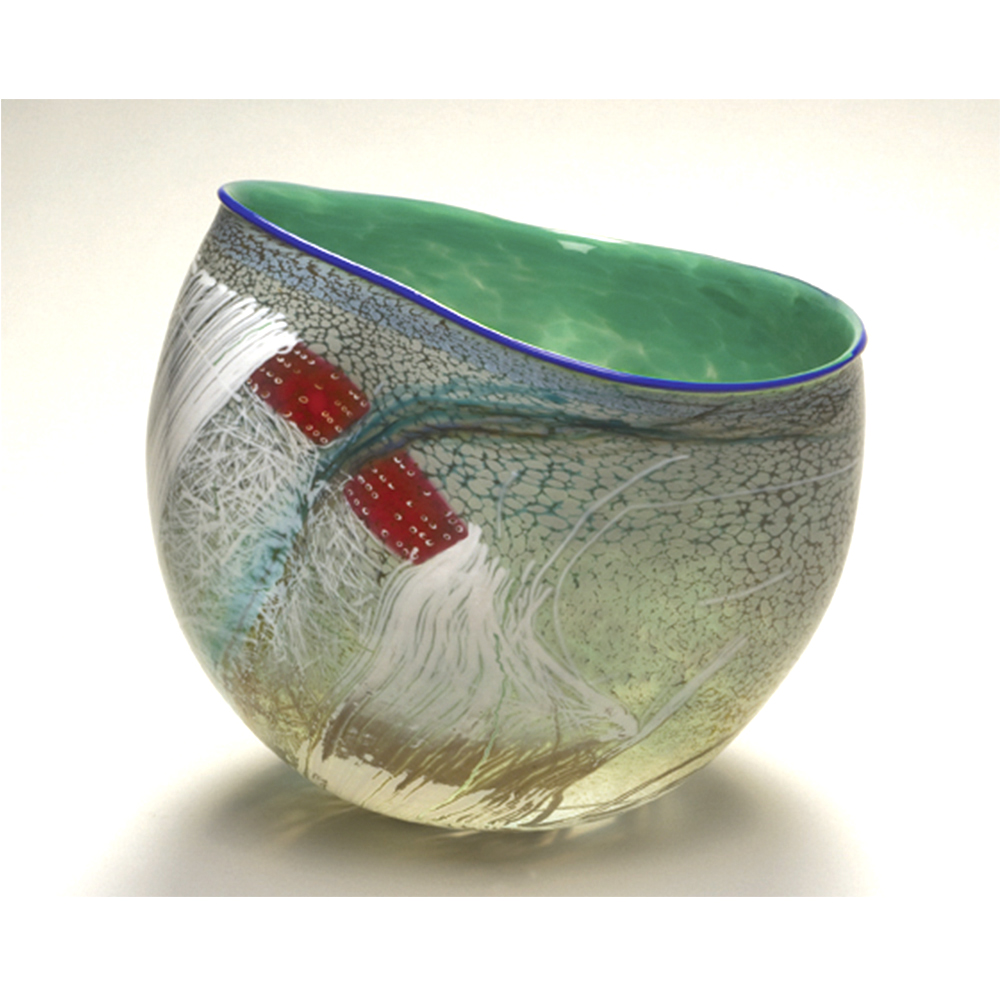
Green Basket 1984
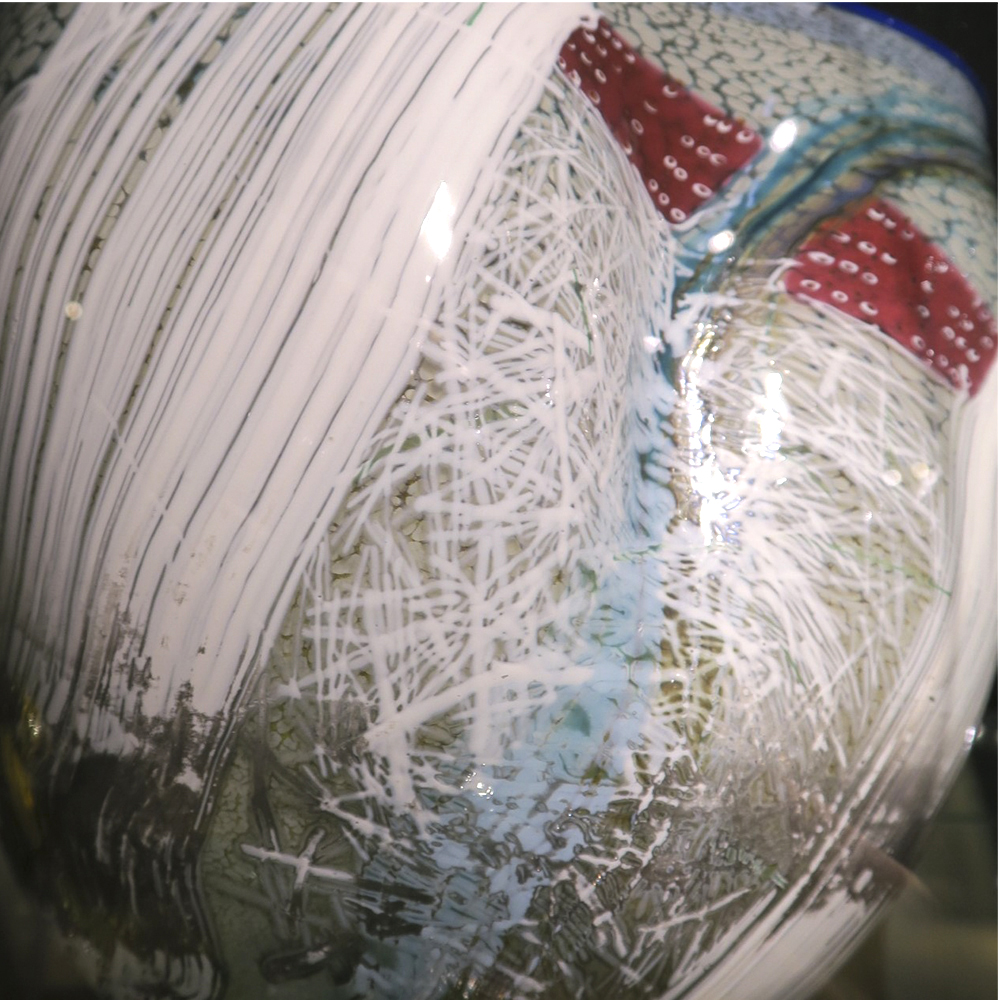
Pick Up Drawing Detail
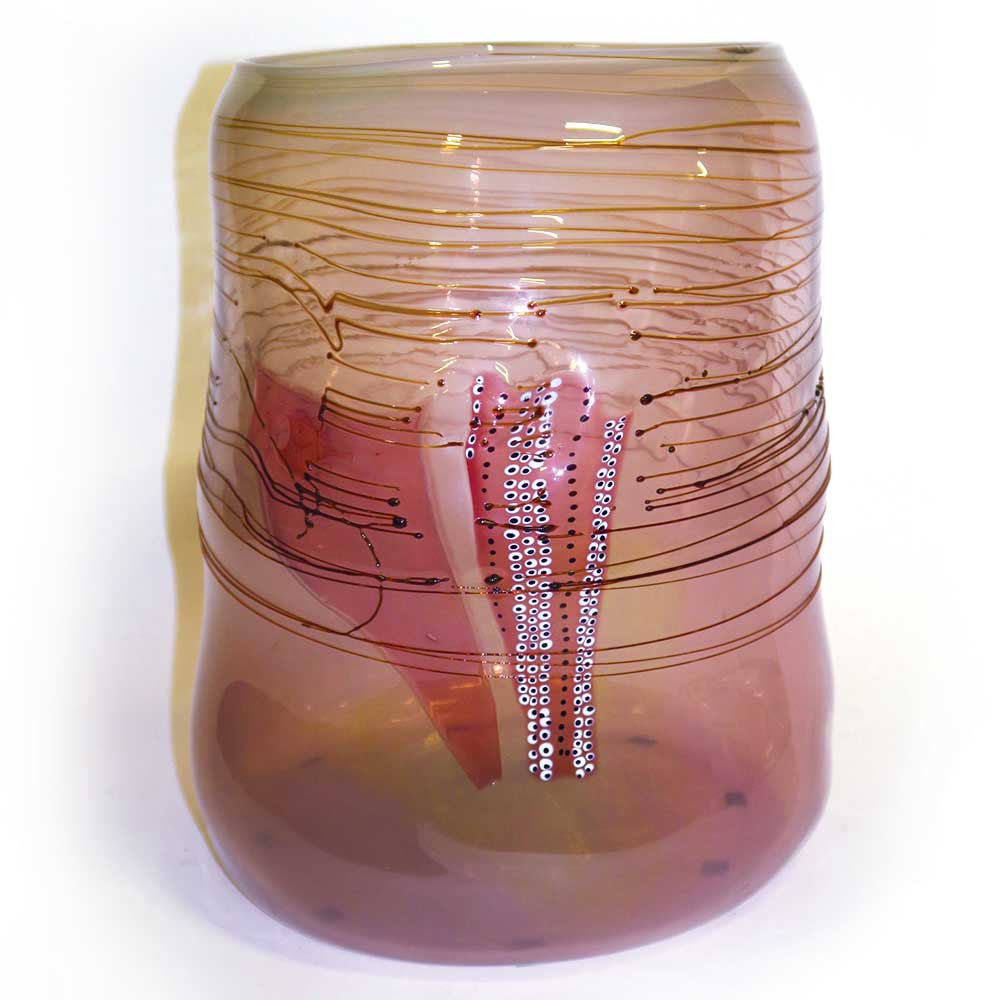
Soft Pink Cylinder 1980
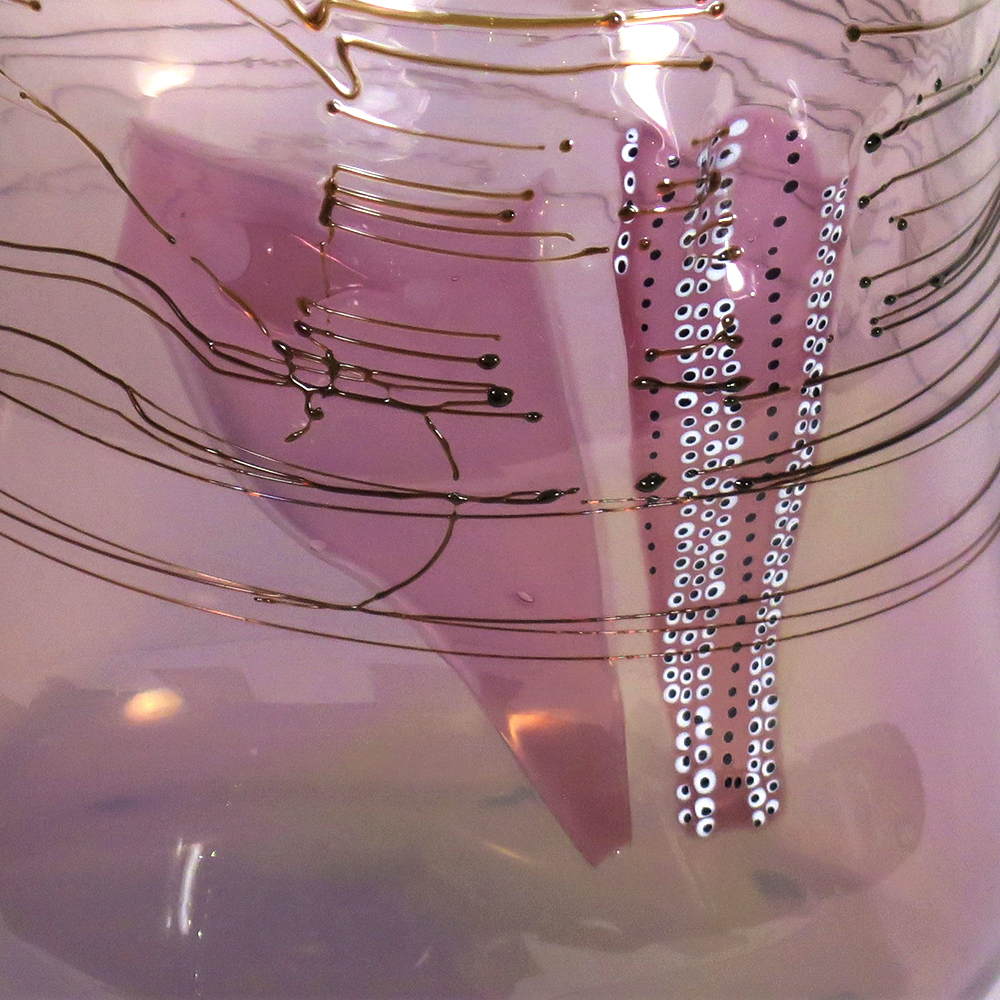
Soft Pink Cylinder Detail
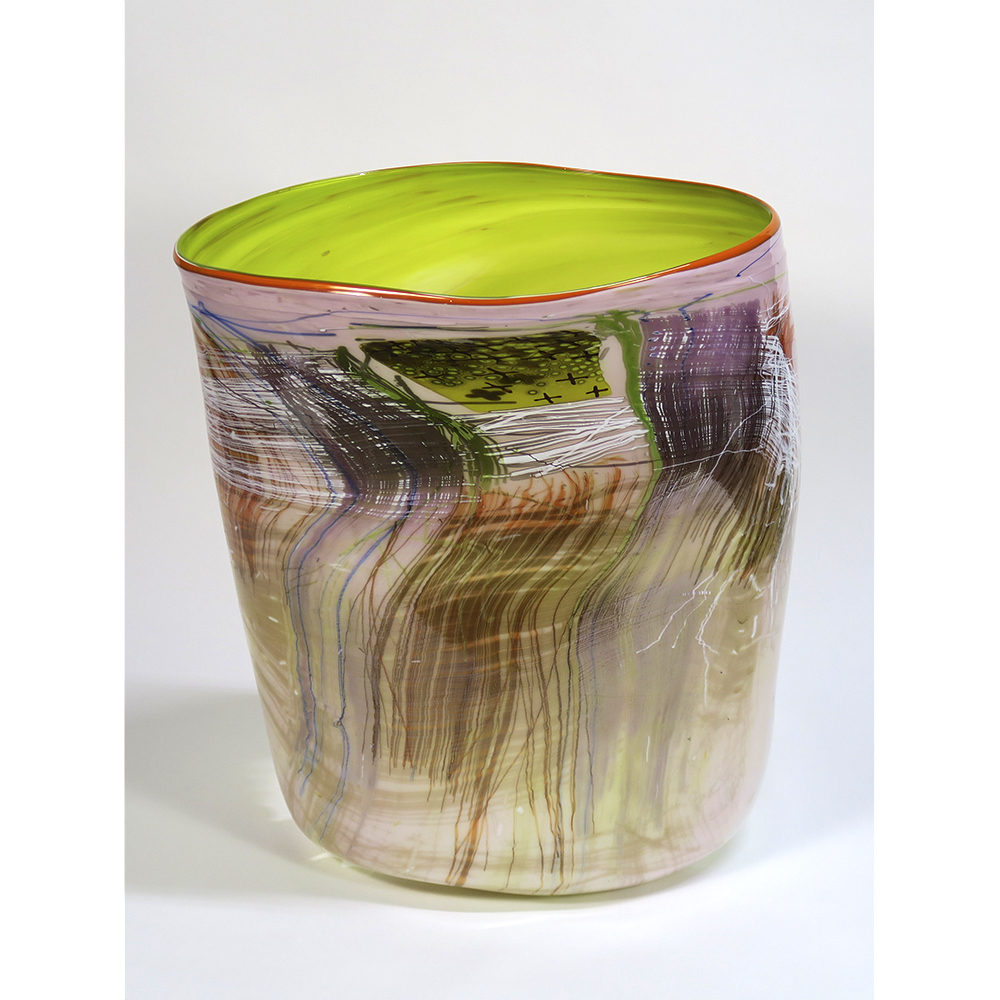
Soft Blanket Cylinder 1987
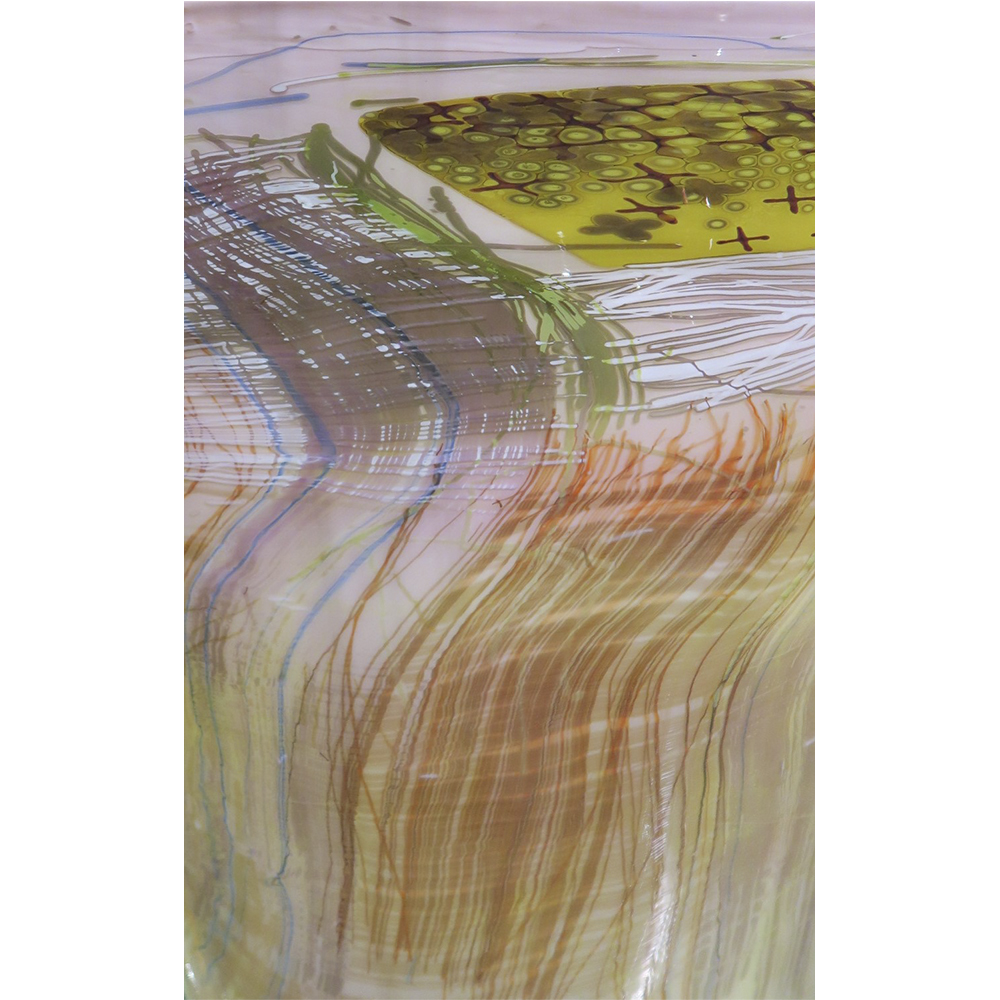
Warp and Weave Detail
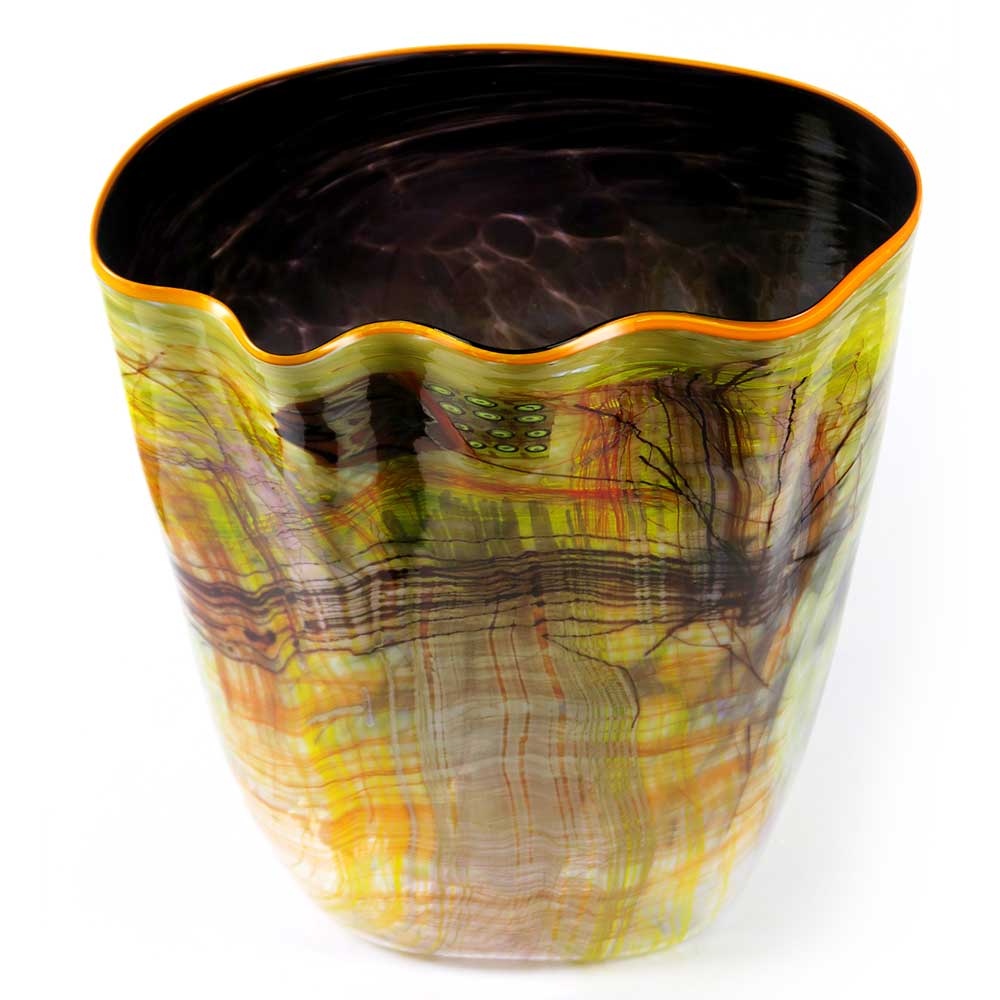
Soft Blanket Cylinder 1987
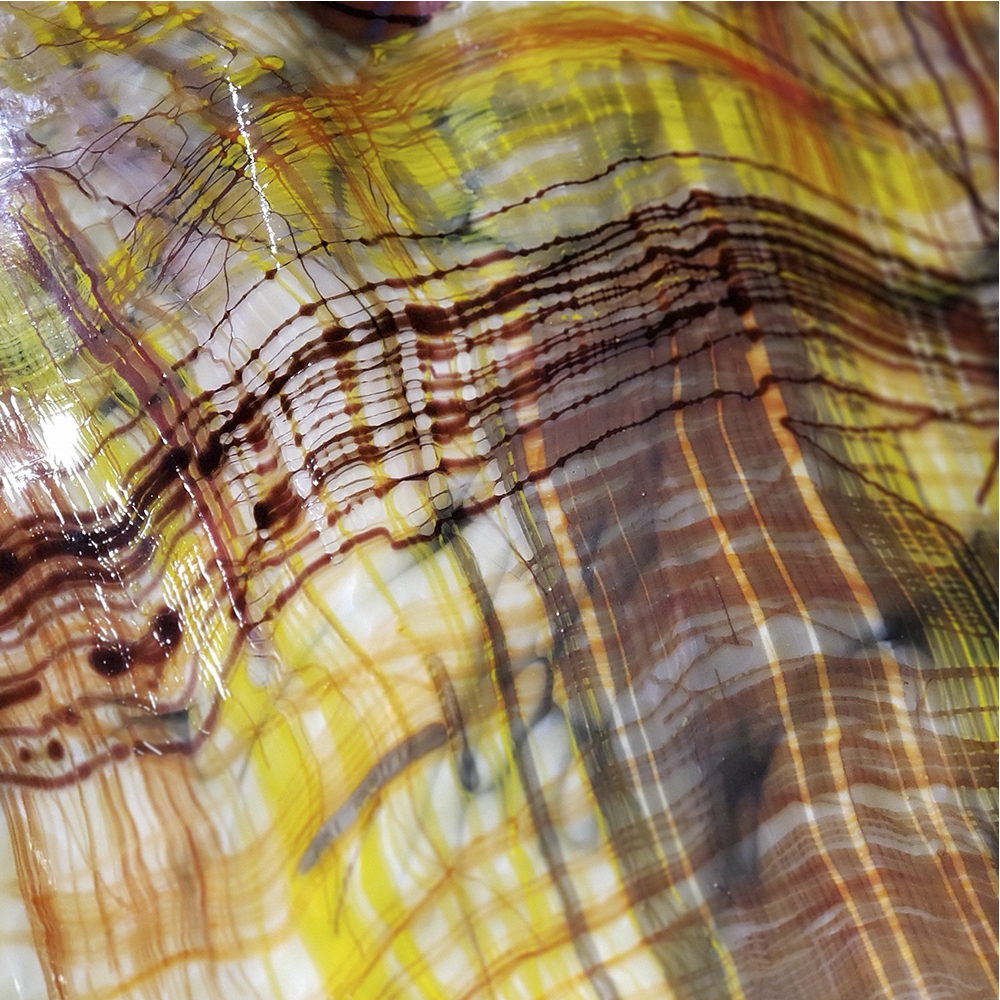
Warp and Weave Detail
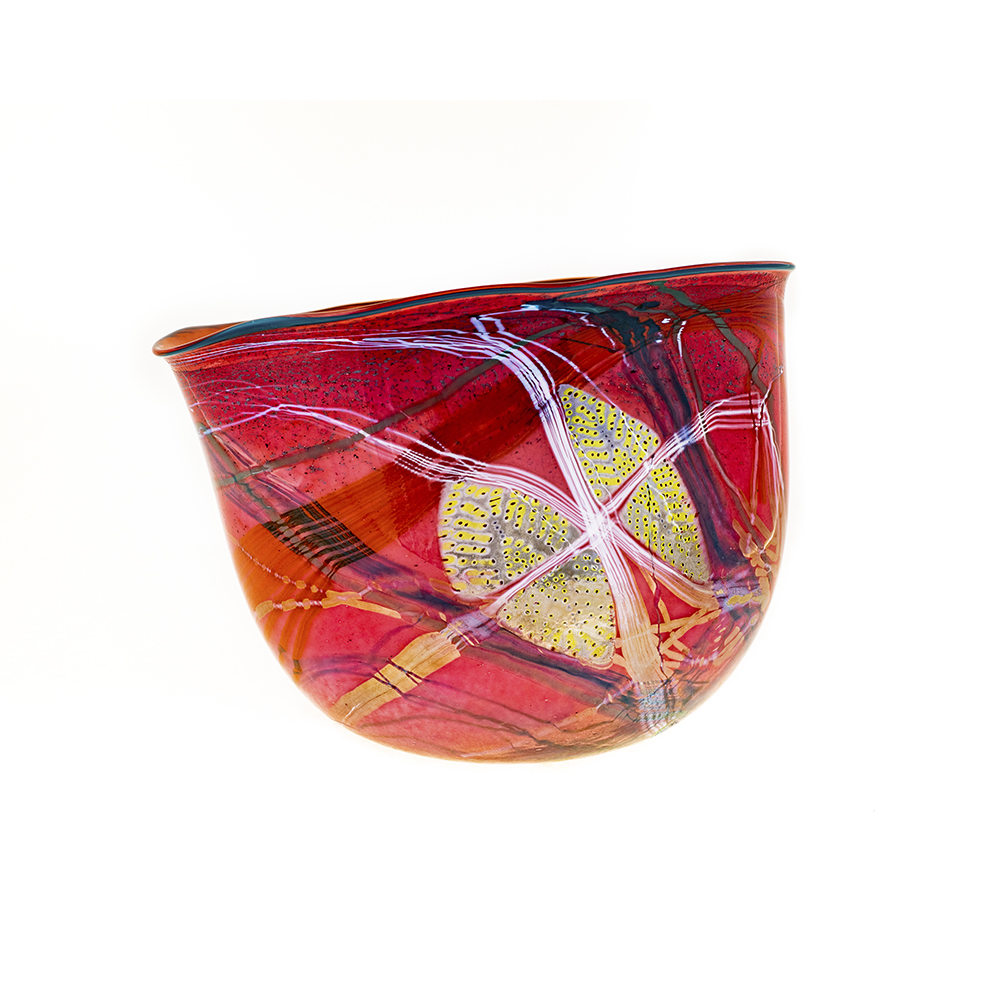
Carmine Basket 1984
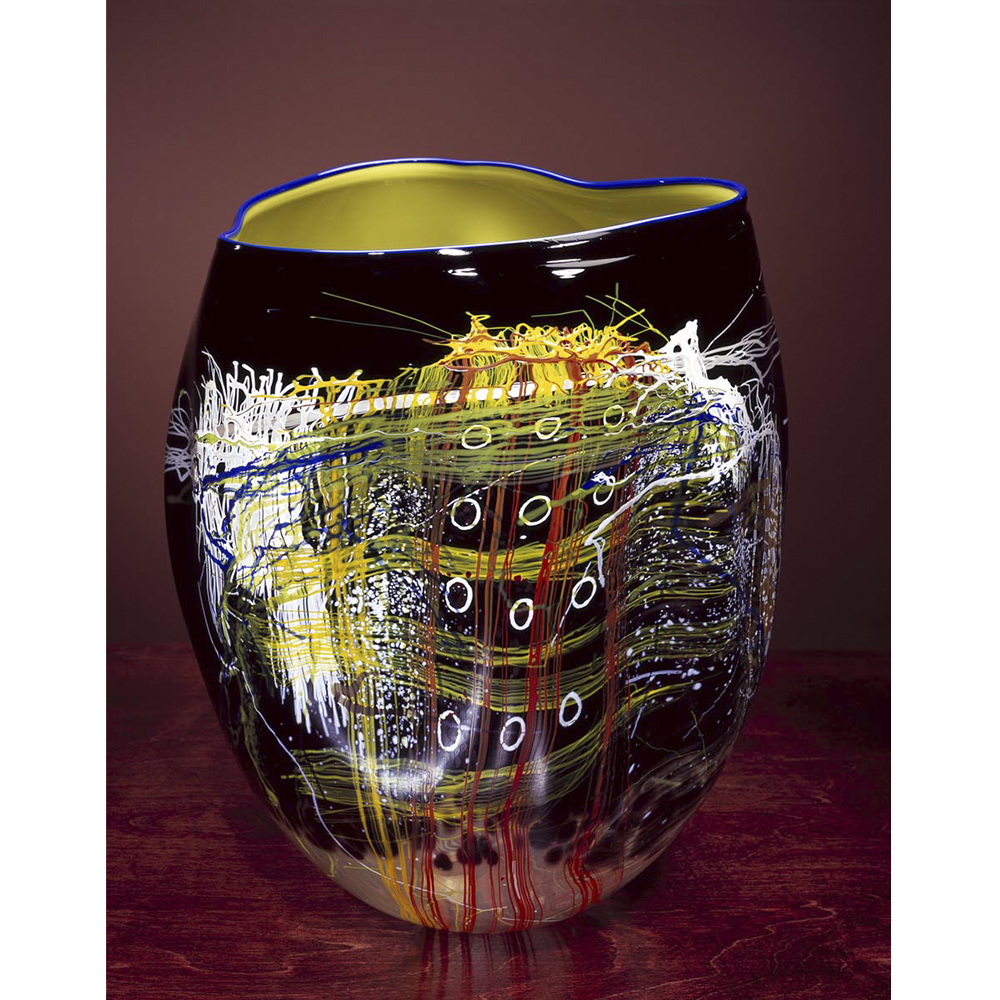
Soft Blanket Cylinder 2006
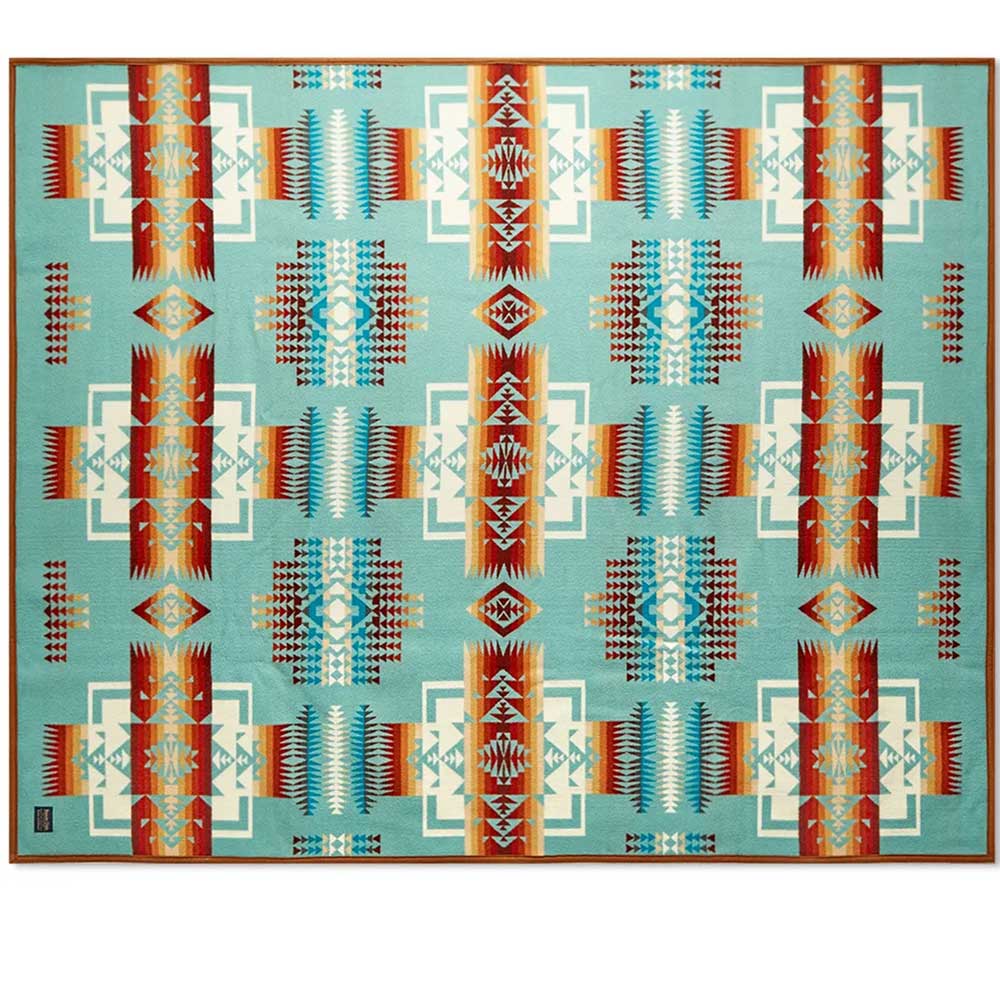
Chief Joseph Blanket
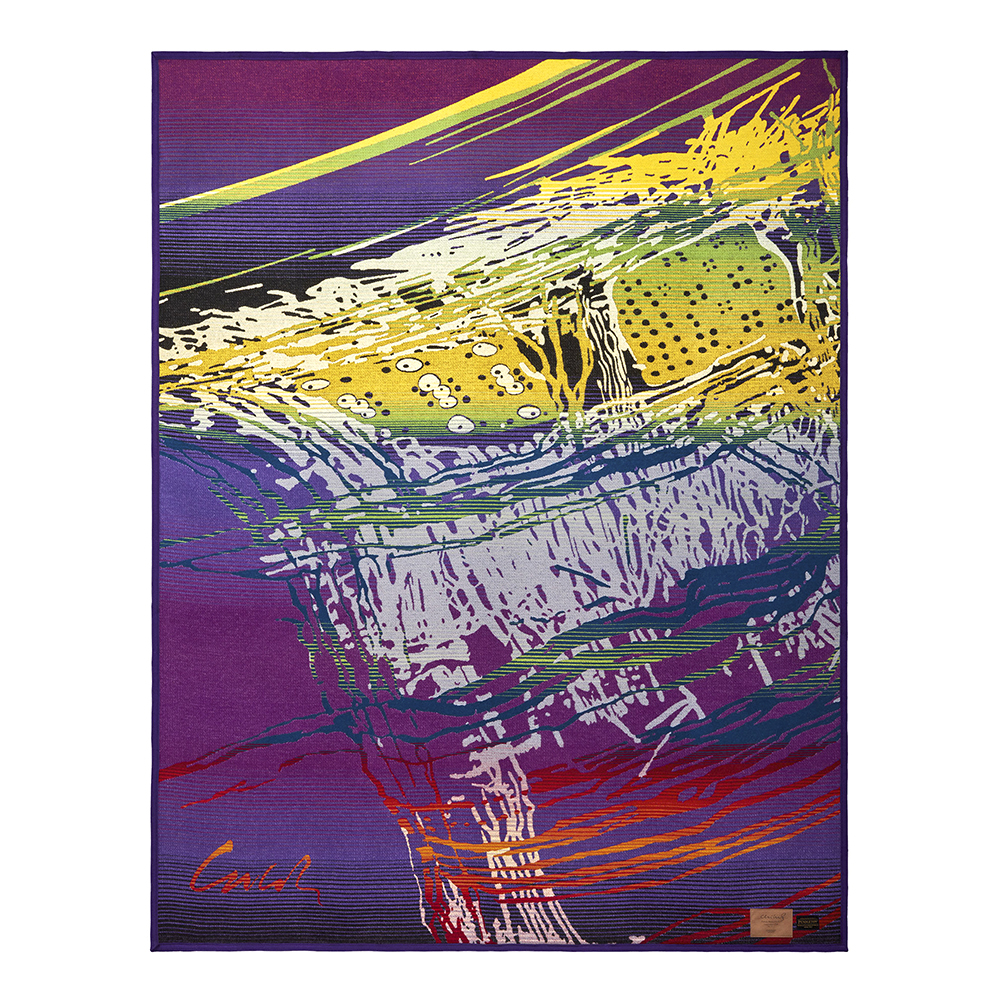
Chihuly Pendleton Blanket
